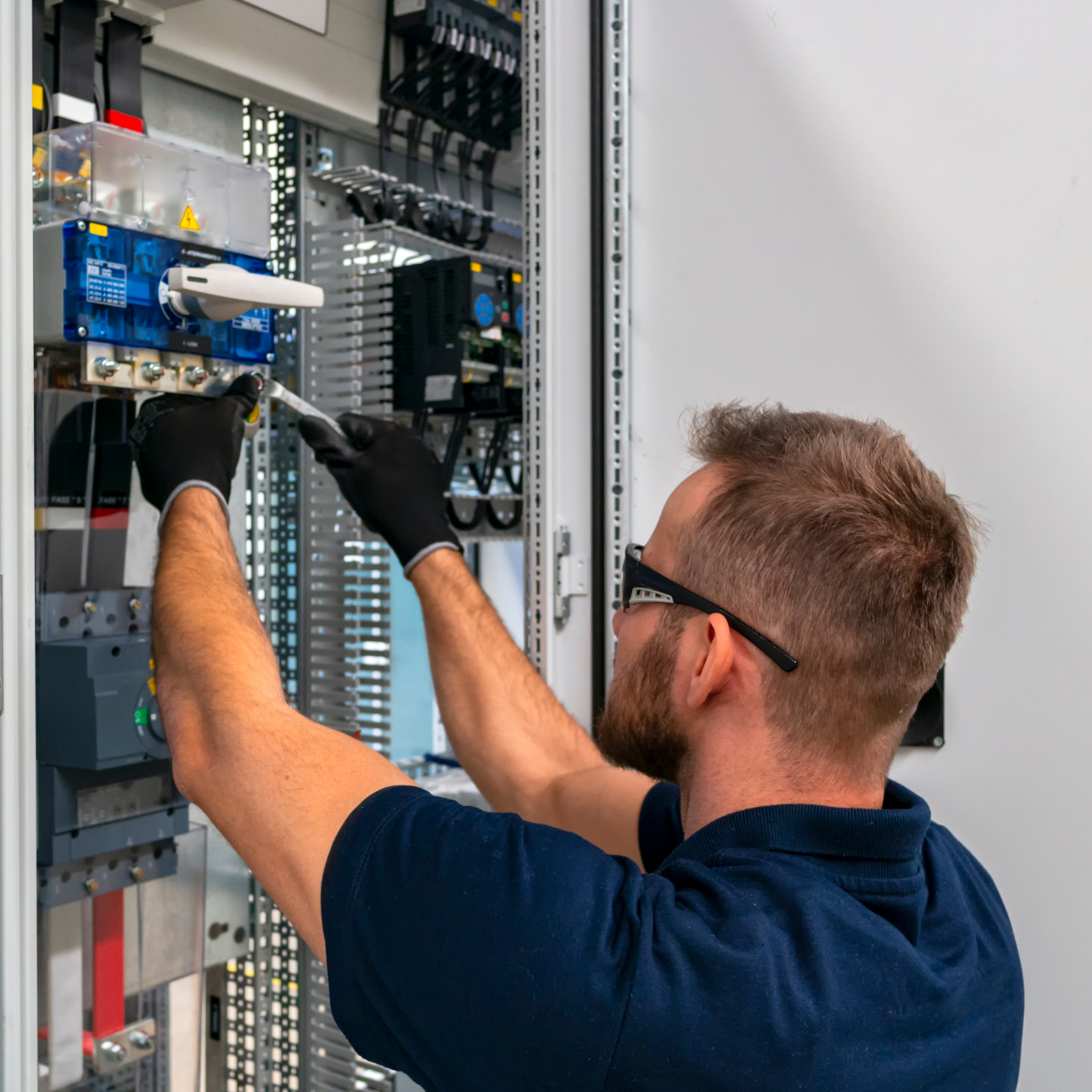When buying or selling a home in Manitoba, one of the issues that often comes up during inspections and insurance discussions is aluminum wiring. While it was once seen as a practical solution, aluminum wiring has since developed a reputation for being problematic, particularly when it comes to safety and insurability. Understanding how to recognize it, why it can be a concern, and how it can be addressed is important for both homeowners and buyers.
Aluminum wiring was commonly installed in houses built in the early to mid 1970s, and can be found in many Winnipeg neighbourhoods including Charleswood, Transcona, Crestview and Southdale. At the time, copper prices were high, and aluminum offered a cheaper alternative, so many homes from this era were outfitted with it. The wiring itself is easy to distinguish if you know what to look for. Aluminum wire has a dull, silvery appearance compared to the reddish-brown colour of copper, and often bears markings such as “AL” or “ALUM” on the plastic wire jacket. Sometimes it will bear the specific wire manufacturer, such as “Alcan” or “Kaiser”. If you own or are considering a home from this period, an inspection by a licensed electrician is the best way to determine whether aluminum wiring is present.
The concern with aluminum wiring is not the material itself but the way it behaves at connection points. Aluminum expands and contracts more than copper when it heats and cools. Over time, this movement can loosen the connections at outlets, switches, and fixtures. Loose connections increase the risk of overheating, sparking, and in the worst cases, electrical fires. Because of this, insurance companies frequently view aluminum wiring as a higher risk and may refuse coverage unless corrective measures are taken.
Fortunately, the presence of aluminum wiring does not mean a home is uninsurable or unsellable. One of the most common and effective remedies is called pigtailing. This process involves attaching short lengths of copper wire to the ends of the aluminum wiring at all connection points, using specialized connectors to ensure a safe bond. By doing this, the copper wire takes over where it matters most—the outlets and fixtures—while leaving the aluminum wiring in place within the walls. The benefit of pigtailing is that it dramatically reduces the risks associated with aluminum wiring without the need for a full-scale rewiring project. Even better, the work is typically completed in less than a day, and it is generally considered to be very reasonably priced compared to more invasive electrical upgrades. For this reason, pigtailing is widely accepted by insurance providers as an effective solution.
Another method sometimes used to improve the safety of aluminum wiring is the application of an anti-oxidant paste at connection points. This paste helps reduce the risk of corrosion and improves conductivity where the aluminum meets outlets, switches, and fixtures. While it can be an effective supplementary measure, it is not generally accepted by itself as a long-term solution for insurability. Most insurers prefer the more comprehensive safety that comes with pigtailing or rewiring, but when used in combination with proper connectors, anti-oxidant paste can provide an added layer of protection and peace of mind.
There are other options as well, such as replacing aluminum-compatible outlets and switches (known as CO/ALR-rated devices) or, in rare cases, opting for a complete rewiring of the home. However, pigtailing strikes the best balance of safety, affordability, and efficiency, making it the preferred choice for most homeowners.
For buyers, the key is not to panic if aluminum wiring is identified during a home inspection. Instead, arrange for an electrician to confirm the condition of the wiring and, if necessary, budget for pigtailing. For sellers, addressing aluminum wiring issues proactively can make a home more marketable, since it removes a common objection from both buyers and insurers.
The bottom line is that aluminum wiring is a reality in many Manitoba homes built in the 1970s, but it doesn’t need to derail a purchase or a sale. With straightforward remedies like pigtailing, homeowners can make their properties safer, easier to insure, and ultimately more appealing on the market.
👉 If you’re planning to buy or sell a home in Winnipeg and want guidance on how aluminum wiring—or other insurability concerns—might impact your plans, I’d be happy to help. You can reach me anytime here.
.jpeg)


Comments:
Post Your Comment: